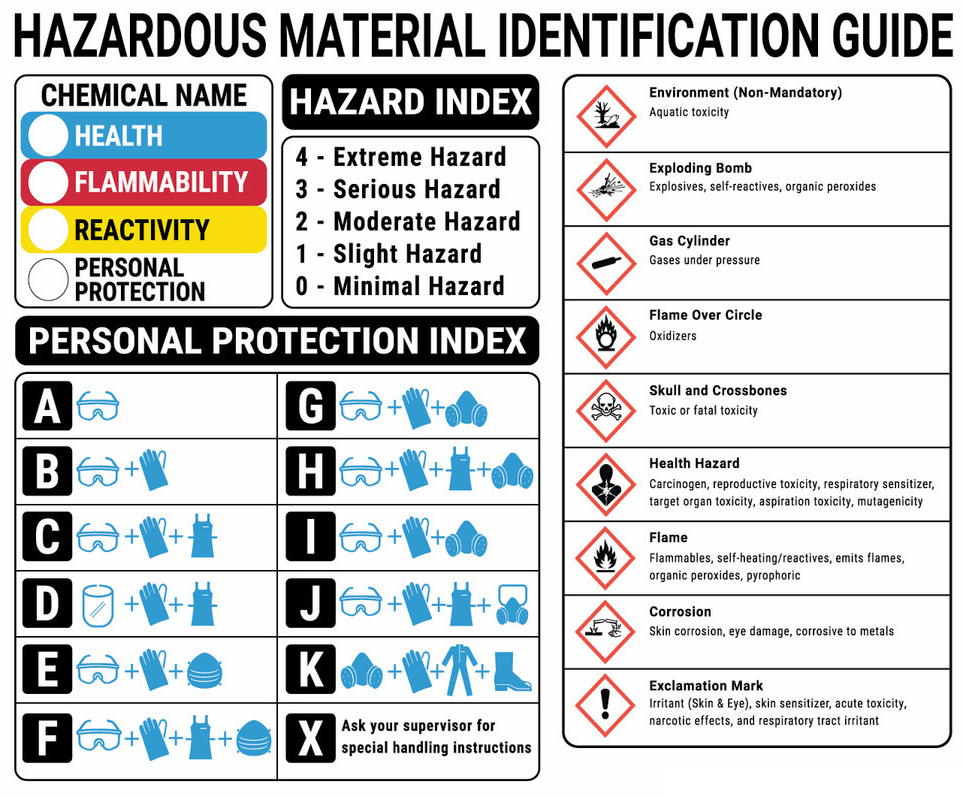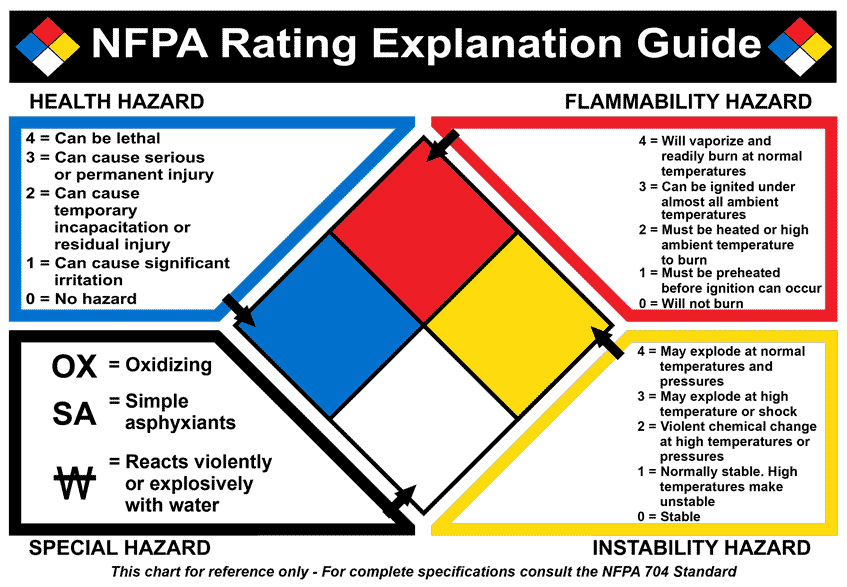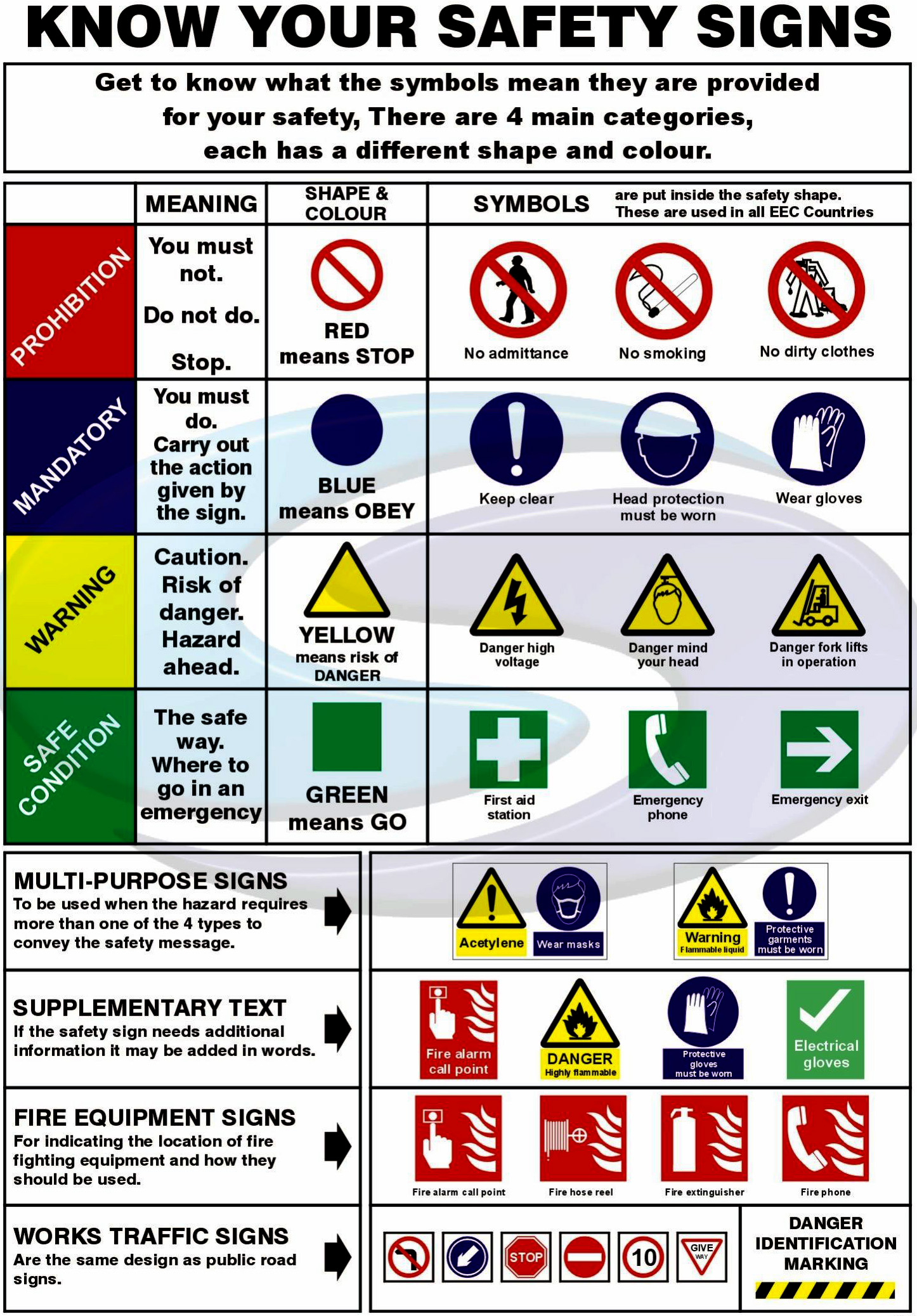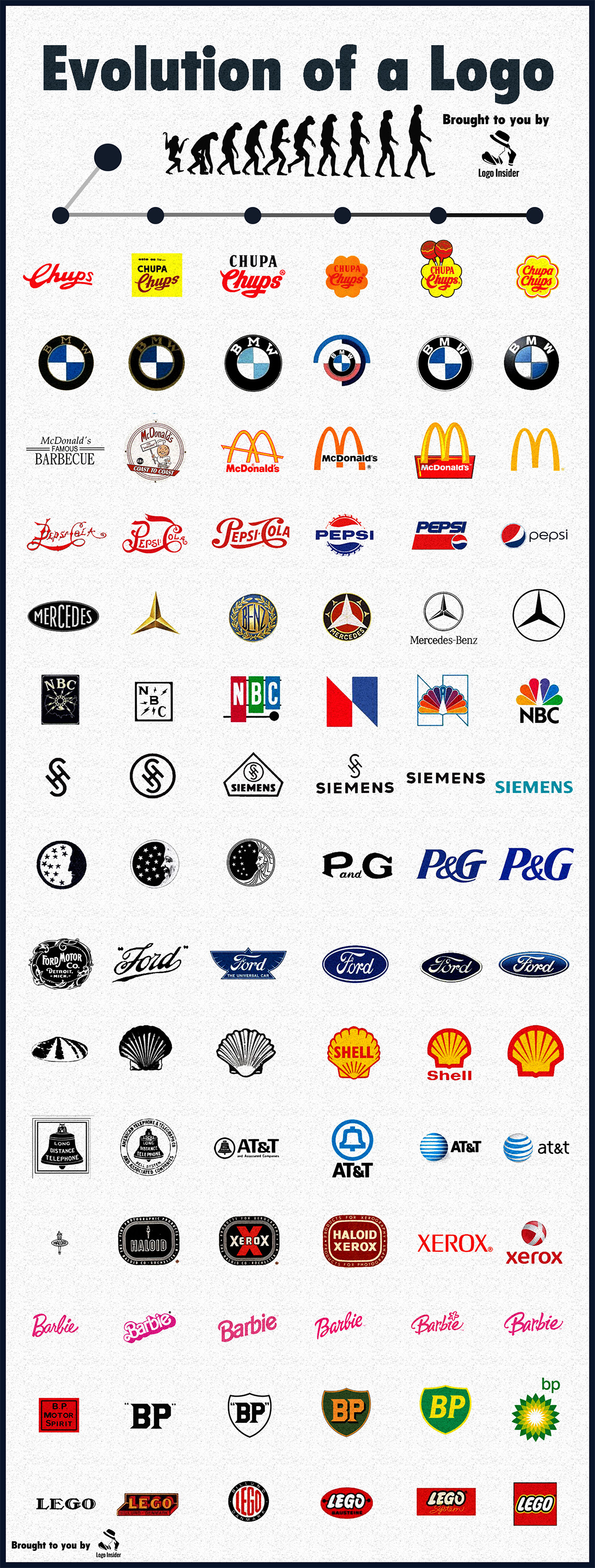Understanding Hazard Labels: A Critical Guide for Safe Handling
In today’s society, the way we move and manage materials is the global nexus of trade and industry. There, the where and what of the material world are fundamentally established, presenting such entities as the World Trade Organization and the United Nations Industrial Development Organization a continuous common front. In this terrain, however, there is also “danger ahead.” That is why understanding the visual signals that accompany the hazardous materials essential to these lifelines and understanding them clearly are of utmost importance.
Layers of Classification
The infographic explains the difference between labels and placards. Labels are applied to individual packages and are the main means of identification when you’re up close. Placards are applied to vehicles and bulk shipments and are meant to be seen from a distance. Both labels and placards are required by law, and the good thing is that they’re generally uniform, which allows safety protocols to be followed on an international level.

The subcategory labeled “Subsidiary Risk” provides context that is missed when looking at just the primary hazard. A material marked with a subsidiary risk label of “Corrosive” alongside its primary classification as “Flammable” offers responders much more critical information to work with when effectively mitigating an incident.
The Language of Safety
More than simple symbols on a package, hazard labels are the lifeline of communication in high-risk environments. They are governed by strict regulations, such as 49 CFR, Part 172.400, that tell you what must and must not appear on a label. With so much depending on the label’s appearance, you might think it would be the target of unending rounds of improvement efforts. But good labels are hard to come by, and even when they do appear, people don’t often take note.

Each class of hazard from explosives (Class 1) to dangerous miscellaneous goods (Class 9) is marked with an identifier that’s unique to the visual appearance of the label. Such labeling not only depicts the nature of the substance but also indicates the proper way to store, handle, and transport it to ensure maximal safety and minimize risk.
Challenges and Opportunities
Even though they are clear, caution must still be exercised with respect to labels. Why? Because misunderstanding or a label that is simply not there can sometimes lead to catastrophic outcomes. So, it is necessary to train label readers, and it is necessary to comply with the training. But that is not all. This will also be an opportunity for industry innovation. Might a simple, smart technology like a QR code incorporated into a label allow for instantaneous access to a Material Safety Data Sheet (MSDS)?

Igniting a fire is already a difficult process in and of itself; for it to happen and happen successfully, one must work with the four components that make up the fire tetrahedron heat, fuel, oxygen, and chemical ignition. There must also exist a harmonious arrangement of these four components in order for them to achieve combustion and for one to call the outcome an event of ordinary fire and not some other sort of incendiary happening.
Bridging International Borders
The international usefulness of these labels is especially impressive. Although domestic rules may differ, international standards guarantee that hazard communication is comprehended all over the world. Regardless of the mode of transportation the materials being moved are understood to be safe or unsafe through the use of labels. (Indeed, the “labels on the materials” as much as the materials themselves are part of the International Maritime Dangerous Goods Code (Dangerous Goods by Sea)).
The Power of Design
A key aspect of these labels is that they are designed with intent no shape, color, or symbol is used haphazardly. The labels are standardized in terms of overall shape that is a diamond, which is a 2D equivalent of a four-sided figure with certain characteristics. Your eye shouldn’t have to work very hard to recognize the label as a hazard warning when you see it from a slight distance or with just a slight turn of the head.
Class 1: Explosives
- 1.1 Explosives: Explosive substances or articles with a mass explosion hazard.
- 1.2 Explosives: Those explosives that pose a projection hazard but are not mass explosion hazards.
- 1.3 Explosives: Explosives that present a fire hazard and/or a slight blast or projection hazard.
- 1.4 Explosives: Explosives that pose no substantial risk of blast.
- 1.5 Blasting Agents: Extremely unreactive explosives that present a mass explosion hazard.
- 1.6 Explosives: Very insensitive articles that do not present a mass explosion hazard.
Class 2: Gases
Gases that do not support combustion but are under pressure are included in non-flammable gases. Propane, along with other flammable and easily ignitable gases, belongs to this category.
- Breathing Hazard: Poisonous gases that can cause significant health problems when breathed in.
- Oxygen: It can be a compressed gas. It can be a liquid. Either form can support combustion and intensify fires, not burn by itself, and yet be the very thing that makes things burn. Poisonous gases can cause death or serious damage.
Class 3: Flammable Liquids
- Liquids that burn easily: Liquids that have a low flash point, like gasoline.
- Flammable liquids: Liquids that can burn and have a lower flash point.
Heating oil and warm manufacturing processes are industrial applications in which fuel oil can be found. These oils carry a significant risk for combustion.
Class 4: Flammable Solids
- 4.1 Flammable Solids: Consist of substances that catch fire when subjected to friction or heat.
- 4.2 Spontaneously Comustible: Materials that can ignite in air without an outside ignition source.
- 4.3 Hazardous When Moist: Materials that react dangerously with water, creating combustible gases.
Class 5: Oxidizers and Organic Peroxides
- 5.1 Oxidizers: Substances that can give off oxygen and boost burning (e.g., nitrates).
- 5.2 Organic peroxides: Highly unstable and reactive chemicals frequently employed in industrial operations.
Class 6: Toxic and Infectious Substances
- Poisons: Substances that can cause serious injury or death when they come in contact with or enter the body.
- Hazard from inhalation: Breathing in these substances is harmful.
- PG III (Packing Group III): Substances in this group are less toxic but still present a risk.
Class 7: Radioactive Materials
Materials that emit ionizing radiation entirely natural substances, we now know are harmful to health and the environment. Indeed, even the barest, most unassuming elements can be combining to send alpha, beta, or gamma particles across space to collide with the cells.
Class 8: Corrosive Substances
Materials that can cause severe damage to skin, eyes, or metals: Corrosive substances.
Class 9: Miscellaneous Dangerous Goods
- Various Hazardous Materials: Comprise substances that don’t fit in other categories but are dangerous (e.g., lithium batteries).
Placards and Additional Labels
- Labels from the Department of Transportation: These must be on all hazardous material packages; the size and text must follow the rules in 49 CFR.
- Worldwide labels: These are utilized for the global transport of dangerous materials.
- Indicate extra dangers apart from the main one.
- Labels for Air and IMO: Tailored for international air and sea transport, in line with the global directions.
Other Labels:
- Packaged by hand: Indicates that hazardous substances are present in the outer packaging.
- Breathing Risk: Spotlights breathing hazards.
- Empty: Refers to containers that have been used before and no longer hold hazardous materials but might still be risky due to residuals.
- 1993 Hot Label: Designates substances that are above elevated temperatures.
This classification ensures that hazardous materials are handled, transported, and stored properly; that accidents are prevented; and that all individuals involved are kept safe.
Conclusion
The complex network of regulations, design, and responsibility that governs hazardous materials can be hard to understand, but it is essential to know. As the infographic makes clear, safety is a shared responsibility. The steps that not just the EPA but also state and local agencies, as well as the businesses that generate hazardous wastes, take to ensure the safe and environmental sound policing of these materials pays dividends in life and in keeping the environment pristine.
In this system, lives are saved by clarity. It is both a marker of how far human ingenuity has taken us and a nudge to keep us moving toward more obviously beneficial outcomes.








